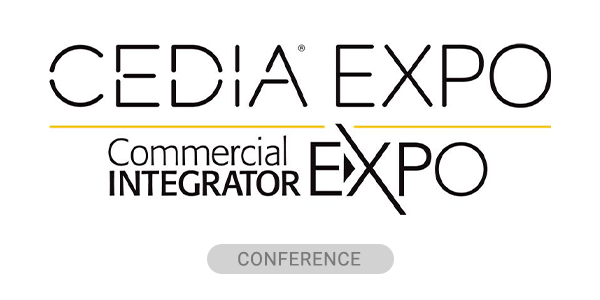The Partner Alliance for Safer Schools (PASS) has released the seventh edition of its Safety and Security Guidelines for K-12 Schools, which offer “the most comprehensive information available on nationwide leading practices specifically for securing school facilities, from subject matter experts across the education, public safety and industry sectors,” according to the alliance announcement.
The seventh-edition release – including updates to the Safety and Security Guidelines and the School Safety and Security Checklist – improves on previous versions of the PASS guidance to make it more comprehensive, easier to use and more reflective of K-12 schools’ evolving security needs and challenges.
The PASS school security and safety guidelines “provide school administrators, school boards and public safety and security professionals with a road map for implementing a layered and tiered approach to enhancing the safety of school environments and a tool to prioritize needs,” according to the alliance announcement.
Provided free of charge, the guidelines “have been downloaded by thousands of stakeholders and leveraged in many districts to evaluate and improve security infrastructure and procedures,” the announcement says.
Related: PASS Reaffirms Leadership in Fostering Safer Schools
What’s Inside the 2025 PASS Guidelines
New to the seventh-edition guidelines are the following features:
- Introduction of a new Digital Infrastructure Layer: This new layer recognizes the importance of cybersecurity and attentive management to digital systems and data. The addition of this layer takes a converged approach to security, dramatically expanding PASS beyond what was primarily a domain of physical security.
- Unification of the Property Perimeter and Parking Lot Layers into the new Campus Perimeter Layer: PASS’ many volunteer school security experts recognized that these layers are commonly approached from a unified safety standpoint.
- Detailed guidance on visitor entry: In addition to traffic-flow diagrams and example floor plans, this edition also extensively covers aspects like visitor management processes.
- Greater content on physical hardening: From topics like door construction to security film and window glazings to reinforcement of classroom walls, the seventh-edition guidelines add greater depth of content than before on aspects of physical hardening.
- Expanded information on panic alarm systems: As panic alarm systems have continued to prove valuable in school emergency situations, the newest edition increases guidance on this important solution.
- In-depth coverage of door locks and door devices: Properly locking doors is an essential component within a school, and this version covers the complexities of school-specific lock requirements with great nuance.
- And more!
“I’m so proud of our technical committee and the effort that went into the seventh-edition PASS Guidelines – more than a year of discussion and seeking input from school officials went into this revision,” says Chuck Wilson, chairman of the PASS board of directors, in the alliance announcement. “Integrated security and life safety solutions, combined with cloud and power over ethernet and wireless technologies, created the need for an entirely new layer titled digital infrastructure.
“Version 7 embraces the emerging technologies while maintaining our fundamental belief that the basic and foundational methods and solutions are necessary,” he says. “This is our best work yet. The updated guideline and checklist can flow directly into the threat assessment and the school district’s comprehensive safety plan.”
The History of PASS
Since 2020, the PASS guidelines have been included on SchoolSafety.gov, the federal government’s clearinghouse for best practice information across a range of school safety topics. In 2019, PASS was recognized by the Federal Commission on School Safety as well as in other state commissions and reports.
The guidelines “describe approaches within five physical layers for school facilities: districtwide, digital infrastructure, the campus perimeter, the building perimeter and the classroom/interior,” according to the PASS announcement.
“Within each layer, the resource outlines key safety and security components, such as policies and procedures, people (roles and training), architectural components, communication, access control, video surveillance and detection and alarms,” the announcement says.
These guidelines “are designed to provide stakeholders with specific actions that can effectively raise the baseline of security, vetted security practices specific to K-12 environments, objective and reliable information on available safety and security technology, multiple options for addressing security needs and the ability to distinguish needed and effective solutions from sales pitches or unnecessary products,” according to PASS
Another version of this article originally appeared on our sister-site Security Sales & Integration on July 31, 2025. It has since been updated for Commercial Integrator’s audience.




